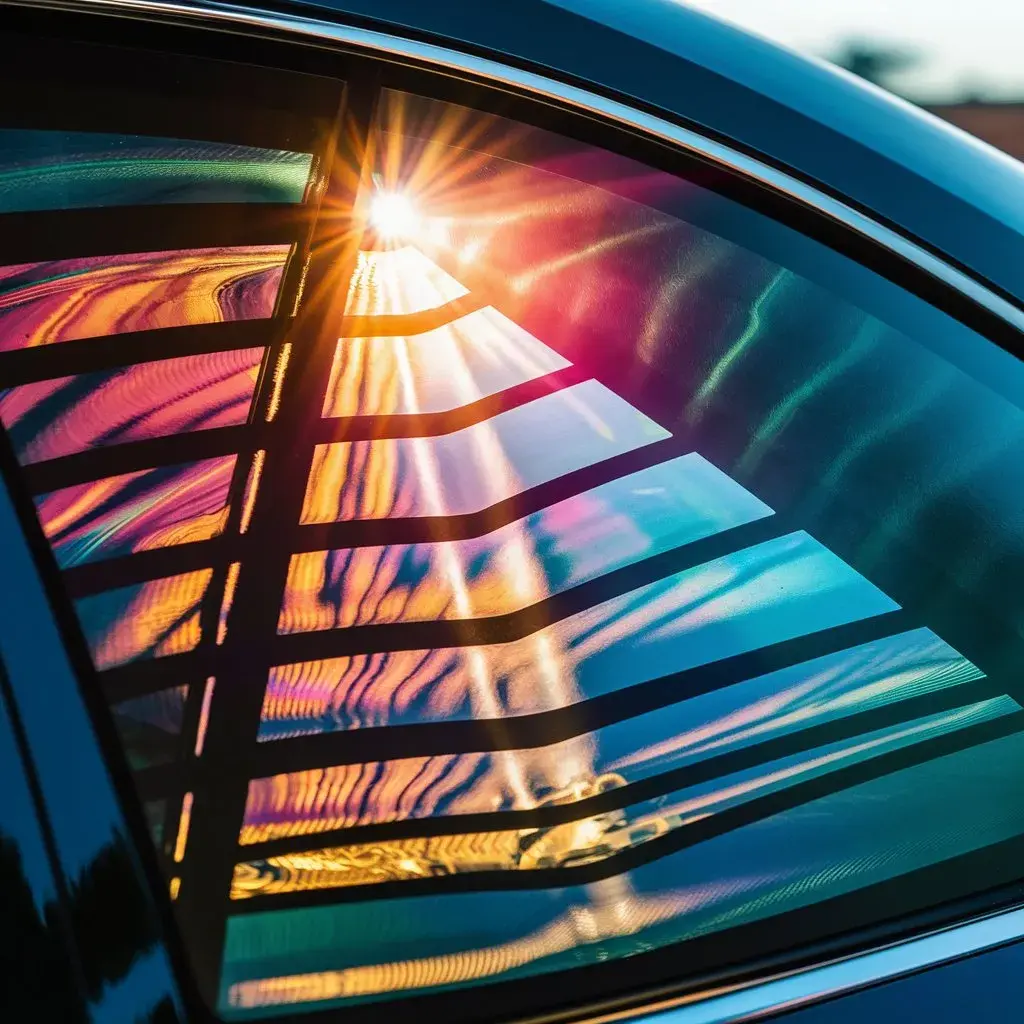
Navigating the world of auto window tinting can be like trying to find your way through a dense forest, with every tree looking eerily similar to the last. You’ve got to understand the different types of tint materials, their varying levels of light transmittance, reflectivity, and the heat rejection properties. Then there’s the ever-important aspect of complying with local and national regulations, which can be as tricky as walking a tightrope.
As complex as this might seem, don’t fret. We’re going to break down the technical specifications for auto window tinting, leaving no stone unturned. But before we get to the intricacies, let’s start with the basics.
Why should you care about window tinting in the first place?
Understanding Auto Window Tint Materials
To fully appreciate the efficacy of auto window tints, it’s crucial to delve into the different materials used in their production. You’ve likely heard terms like dyed, metallic, and ceramic, but what do they mean?
Dyed window tints are your most cost-effective option. They absorb heat but can fade over time. Metallic tints are more durable, reflecting heat and UV rays while adding a shiny appearance to your windows. Ceramic tints, though pricier, offer superior heat and UV reflection without the metallic sheen, maintaining the aesthetics of your vehicle.
Understanding these materials isn’t just about making an informed choice; it’s about becoming part of the community of tint-savvy motorists. So, equip yourself with this knowledge and join the ranks.
Interpreting Tinting Regulations and Standards
Navigating the laws and standards surrounding auto window tinting can seem like a complex task, but with a little insight, you’ll find it’s not as daunting as it first appears. Here’s a quick guide to help you:
- Legal Limitations: Each state has its own laws regarding the darkness of auto window tinting. Check your local regulations to avoid penalties.
- Visible Light Transmission (VLT%): This measures the amount of light that can pass through the tint. Lower percentages mean darker tints.
- UV Protection: Ensure your tint provides adequate UV protection. Not all tints are created equal in this regard.
- Warranty: A good tint should come with a warranty, providing you peace of mind.